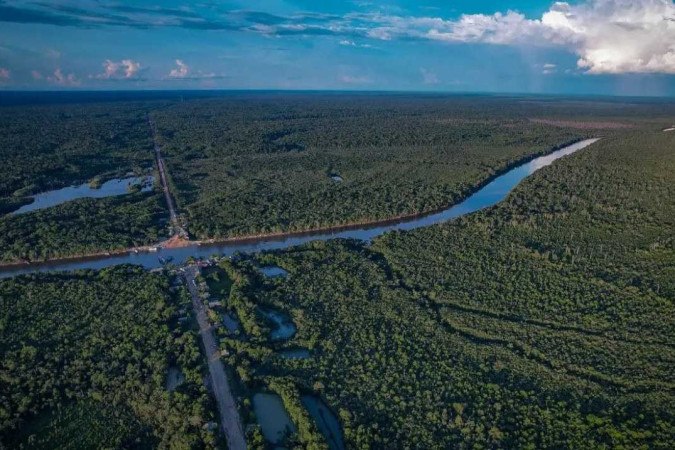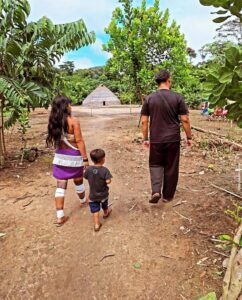On 22 May the Peruvian state created the Sierra del Divisor Occidental Indigenous Reserve, with the aim of ensuring the protection of the lives, rights and lands of the Remo or Isconahua, Mayoruna (Matsés), Matis and Kapanawa indigenous peoples who live in isolation in the Peruvian Amazon, on the border with Brazil.
The creation of the reserve implies better legal conditions to safeguard the existence and integrity of these peoples, a great advance in the defence of their collective rights in one of the regions with the highest concentration of isolated peoples in the world. The territory borders several protected areas with a ‘confirmed’ or ‘under study’ presence of isolated peoples, and is close to the Serra do Divisor National Park, in the Brazilian state of Acre.
A Brazilian government project to build a highway linking the city of Cruzeiro do Sul in Acre to Pucallpa in Peru would cut through the Serra do Divisor National Park, crossing areas where isolated indigenous people live. Last year, a Federal Court ruling paralysed the licensing process due to the lack of technical feasibility studies and consultation with the indigenous peoples affected. The ruling also ordered that the existence of the isolated groups be recognised and that their rights be respected.
The court also banned Ibama from licensing the stretch of the BR-364 highway which it is already analysing until the same consultation has been carried out with the indigenous peoples and traditional communities directly or indirectly affected by the project, and until the National Foundation for Indigenous Peoples (FUNAI) has concluded its study of Reference No. 64 - Isolated People of the Igarapé Tapada, which confirms the presence of isolated indigenous peoples in the region impacted by the project.
The categorisation study that led to the creation of the Peruvian reserve was approved by a majority of the Multisectoral Commission of Indigenous Peoples in Isolation and Initial Contact (Piaci) in September 2023. After eight months, the Peruvian state made it official with Supreme Decree 004-2024 of the Ministry of Culture. It is important to mention that the study included more than 300 pieces of evidence about the presence of Piaci, such as environmental, legal and anthropological studies, including satellite images, aerial views and fieldwork in neighbouring communities.
The new reserve stretches between the provinces of Loreto and Ucayali, on the border with Brazil, over a total area of 515,114.7323 hectares. In this territory, which is now protected, no settlements can be established and no licences can be granted for the financial exploitation of natural resources. The Peruvian state must also guarantee protection against invasions that could affect these peoples' way of life.
With the categorisation of Sierra del Divisor Occidental as a new indigenous reserve, Peru now has eight indigenous reserves for the protection of indigenous peoples in isolation and recent contact. There are still pending issues regarding the state's obligation to protect these peoples.
The first five territorial reserves were established between 1990 and 2003 while the first indigenous reserves categorised under the regime established by the Piaci Law were created in 2021; in other words, 15 years after the law came into force. Furthermore, it was only three years later, in 2024, that the country's eighth reserve was categorised, after a wait of almost twenty years.
This delay has led to the overlapping of rights in the territories claimed by indigenous peoples and the advance of illegality, with the threat this implies for the Piaci. In order for these reserves to fulfil their purposes, fully equipped checkpoints with protection agents are needed at their main access points.




